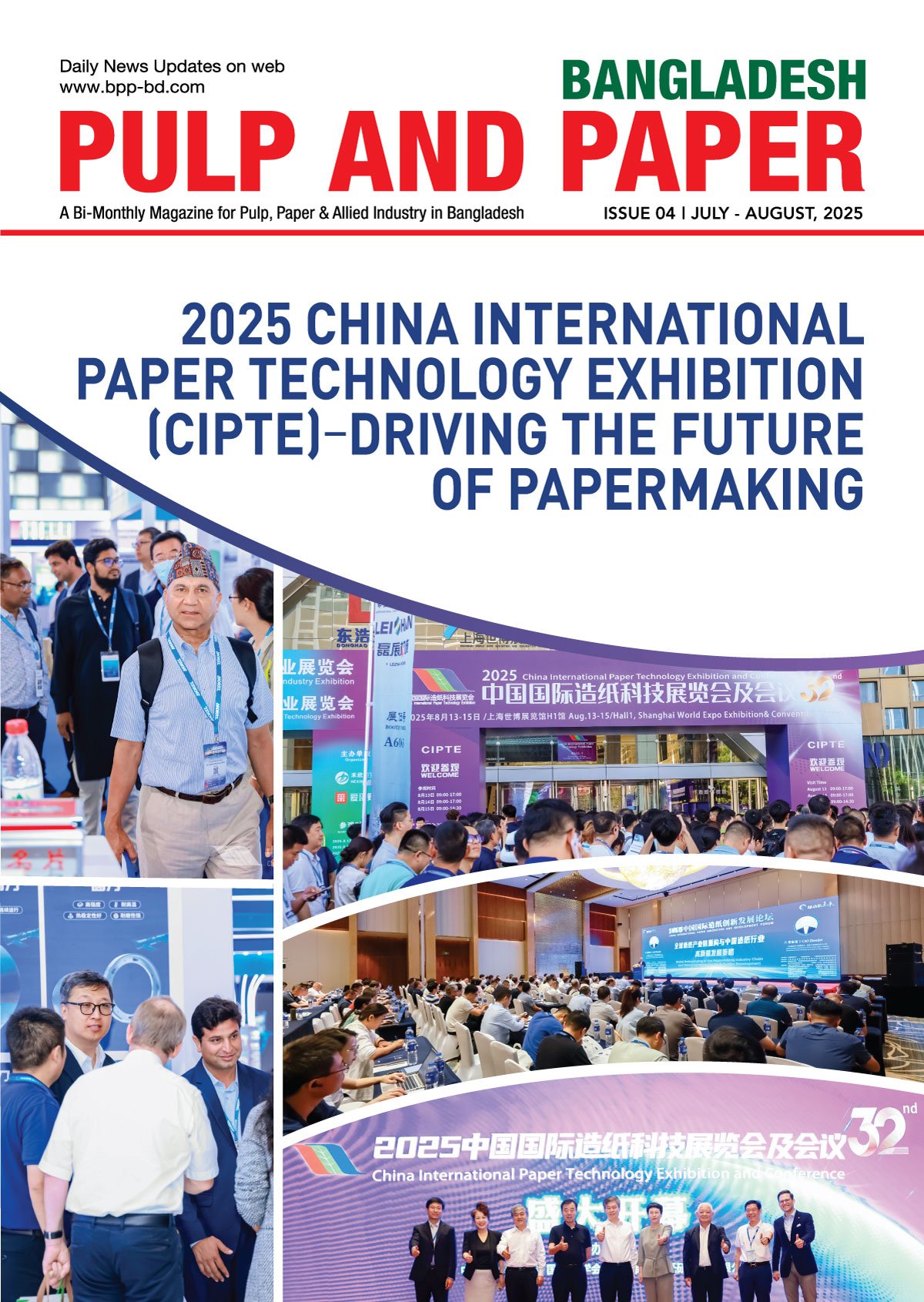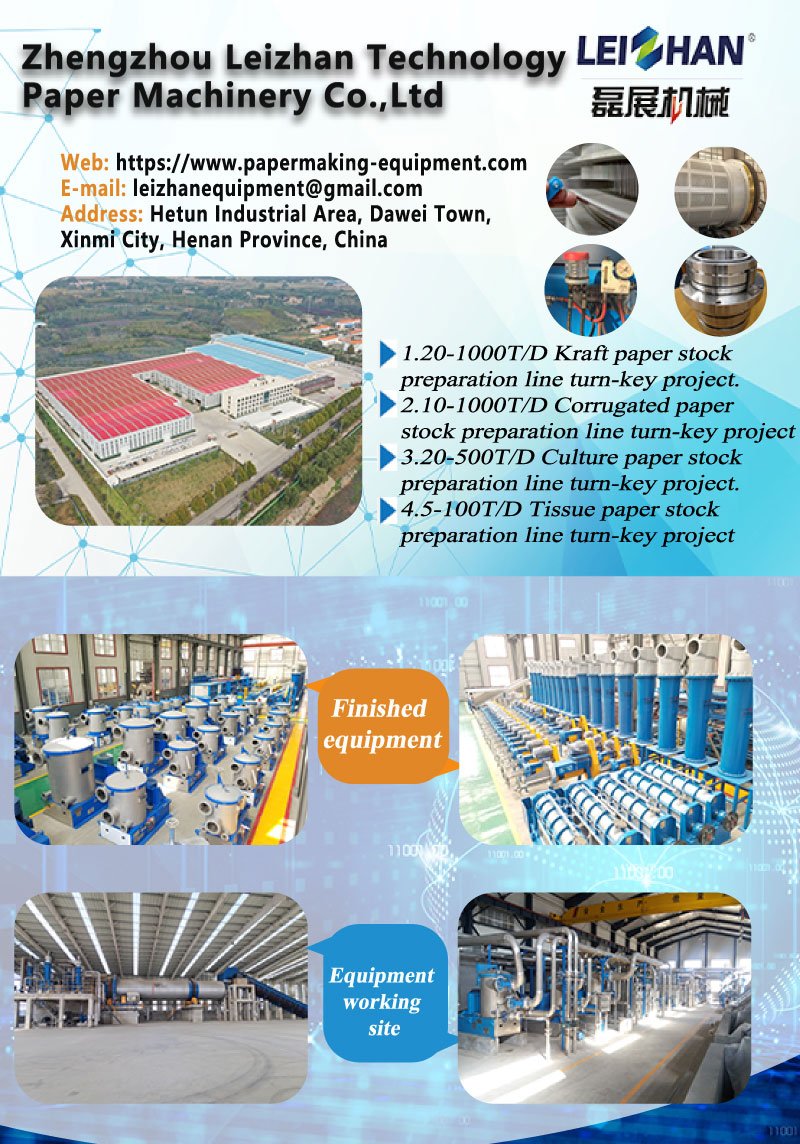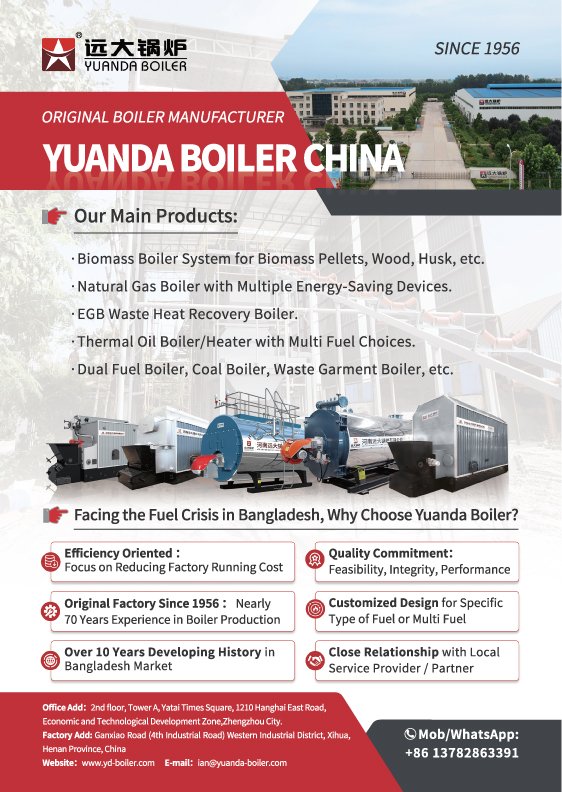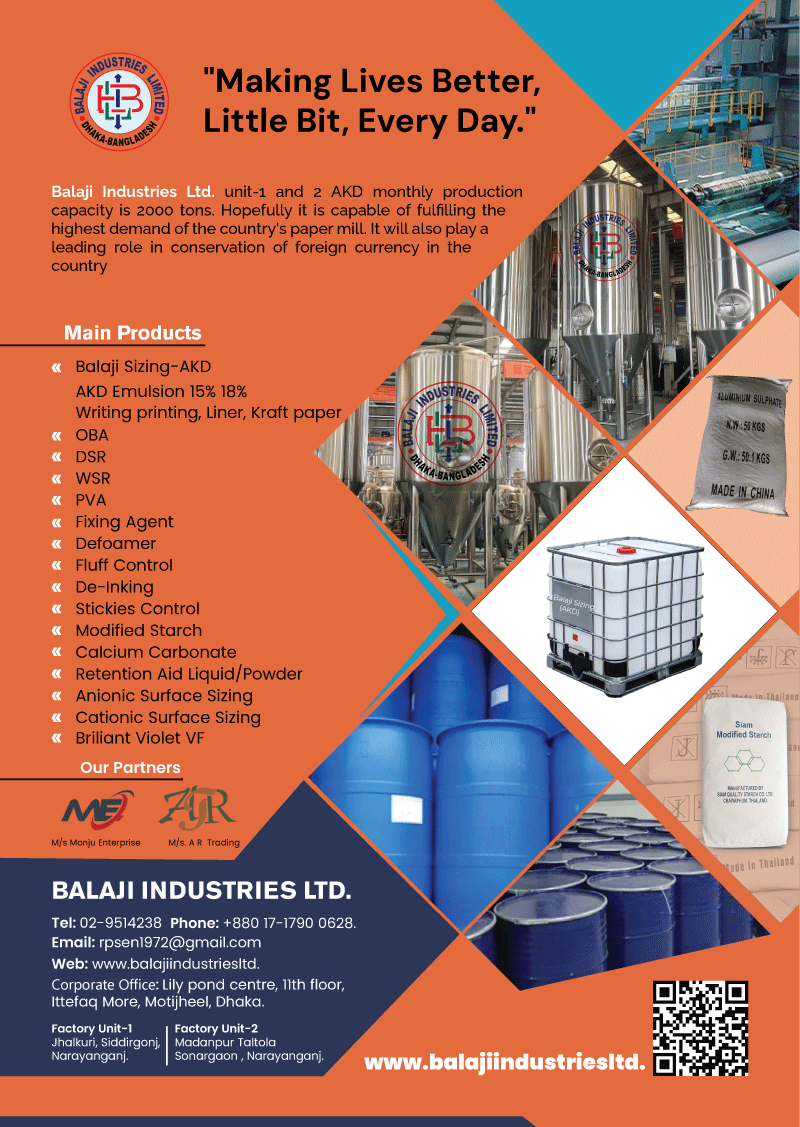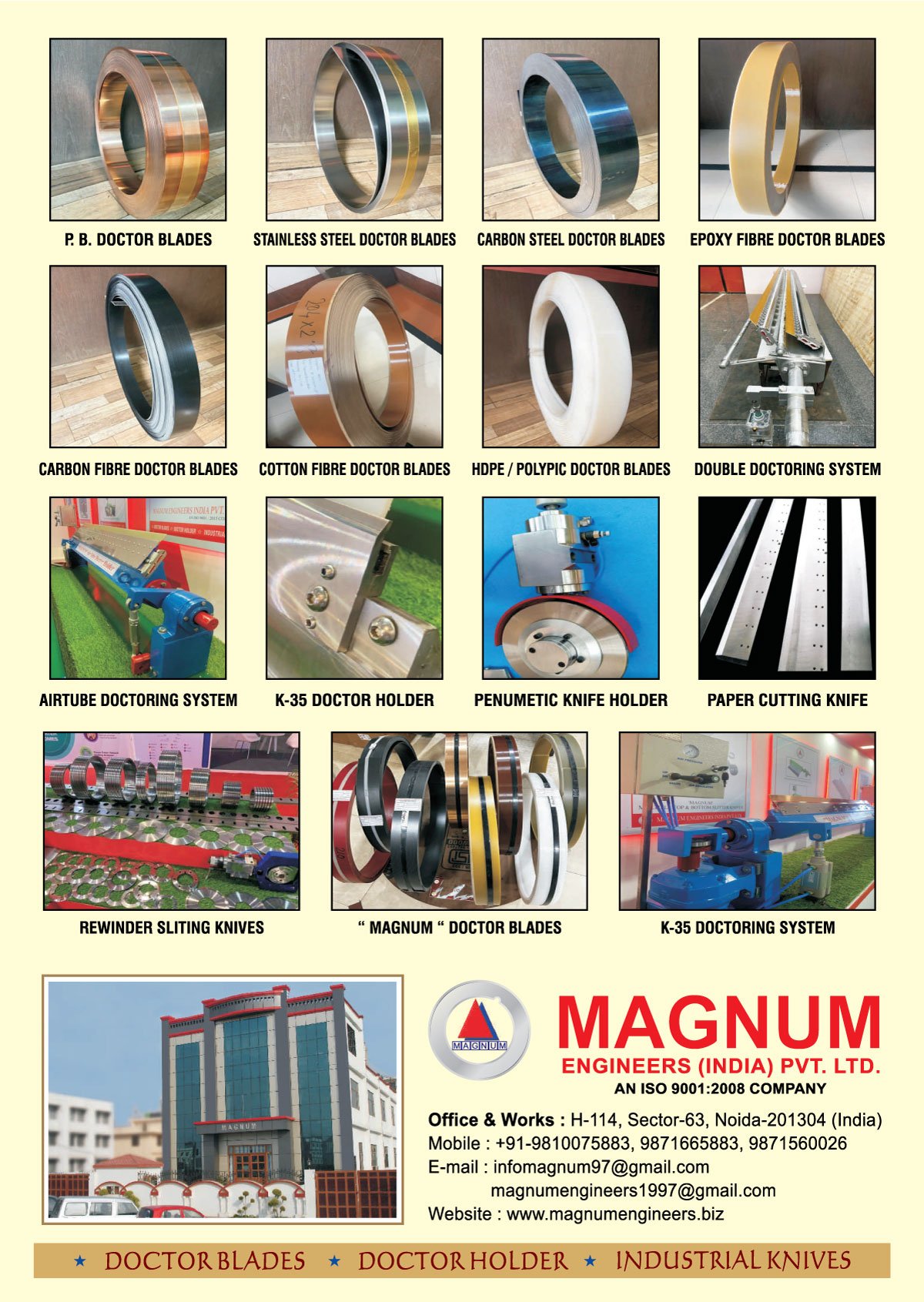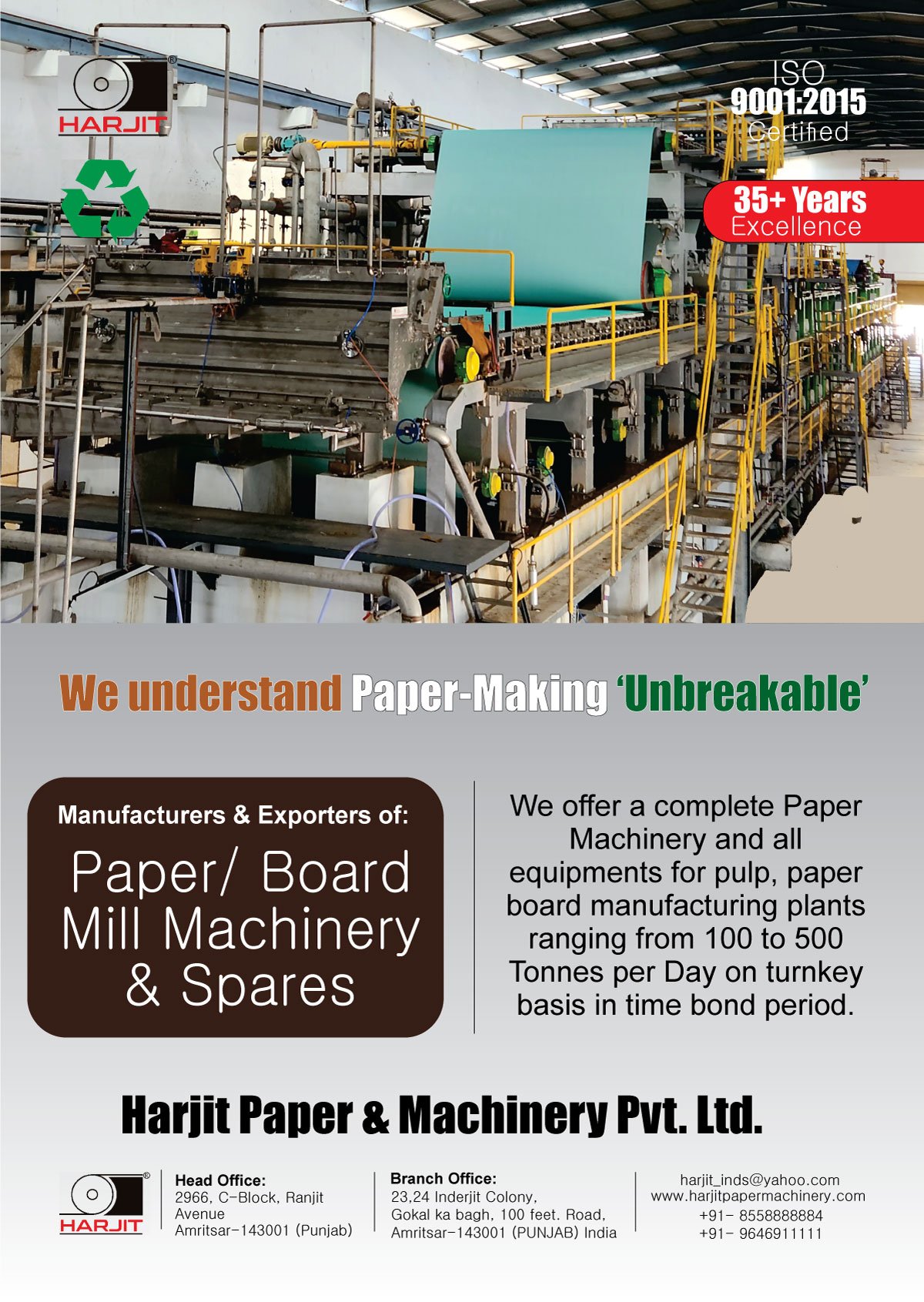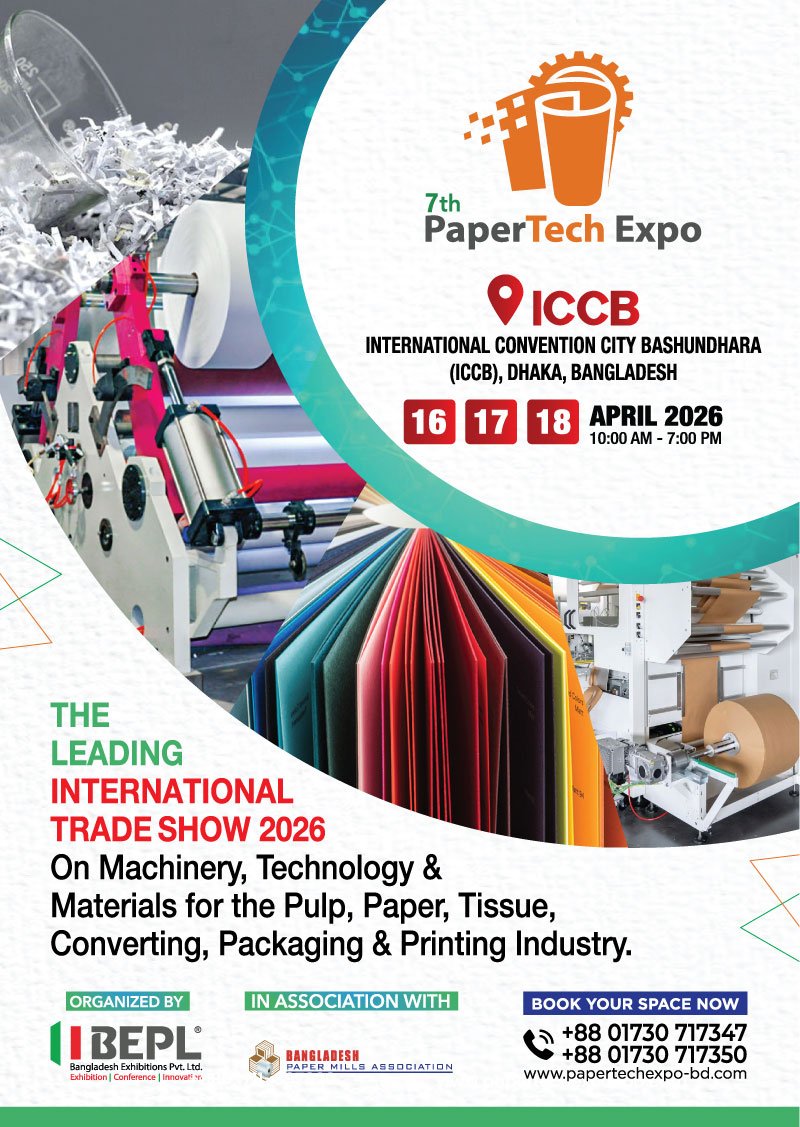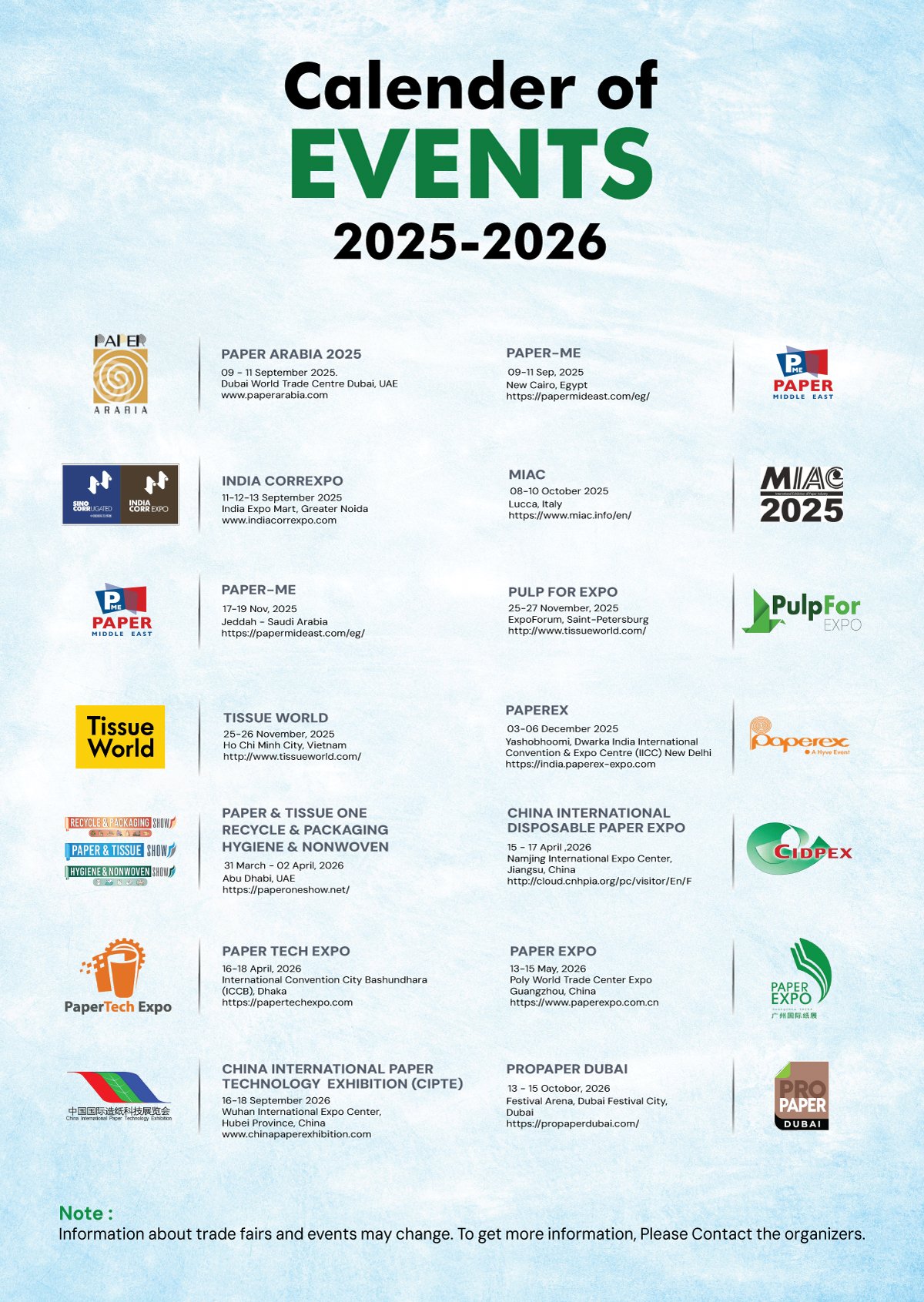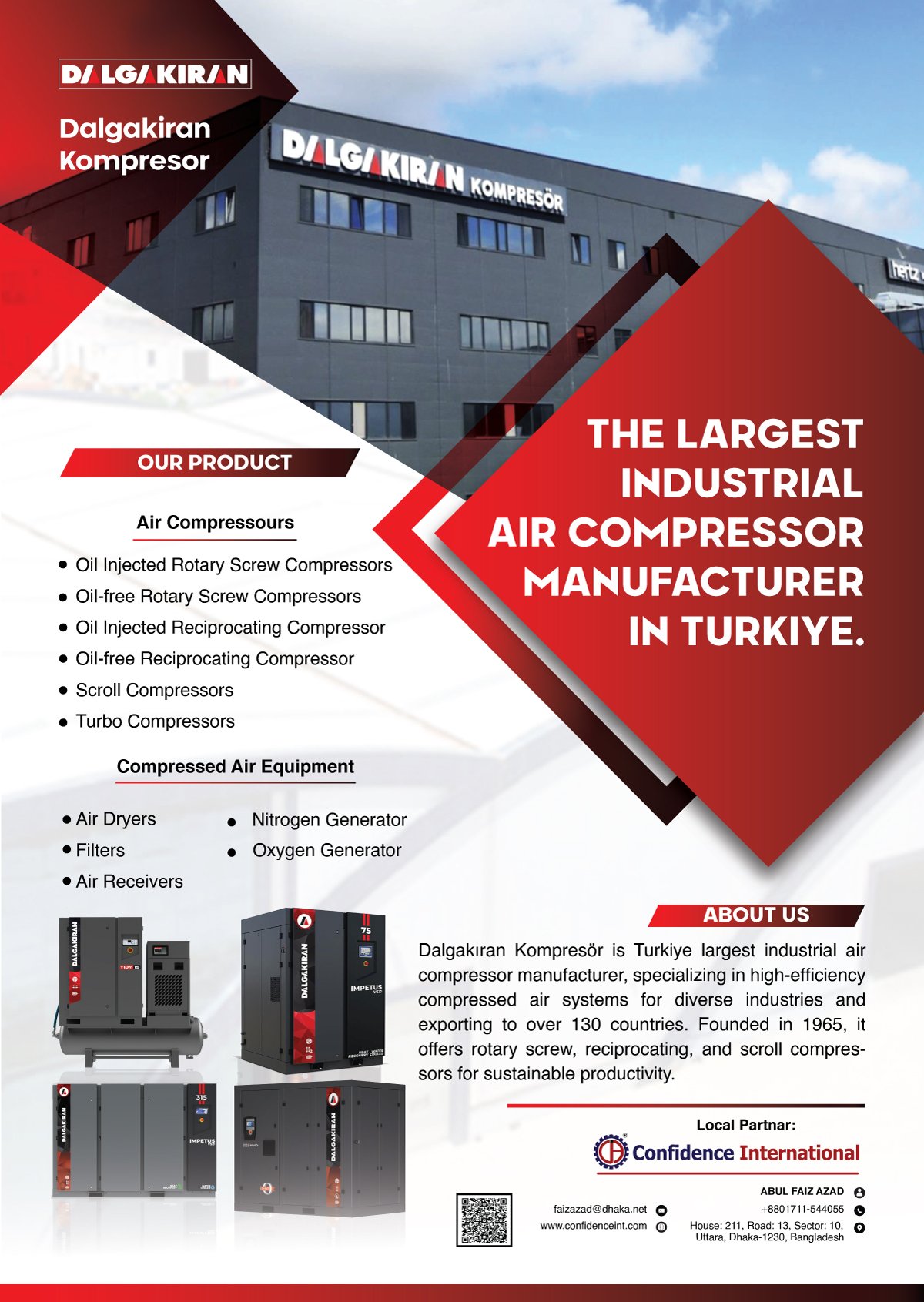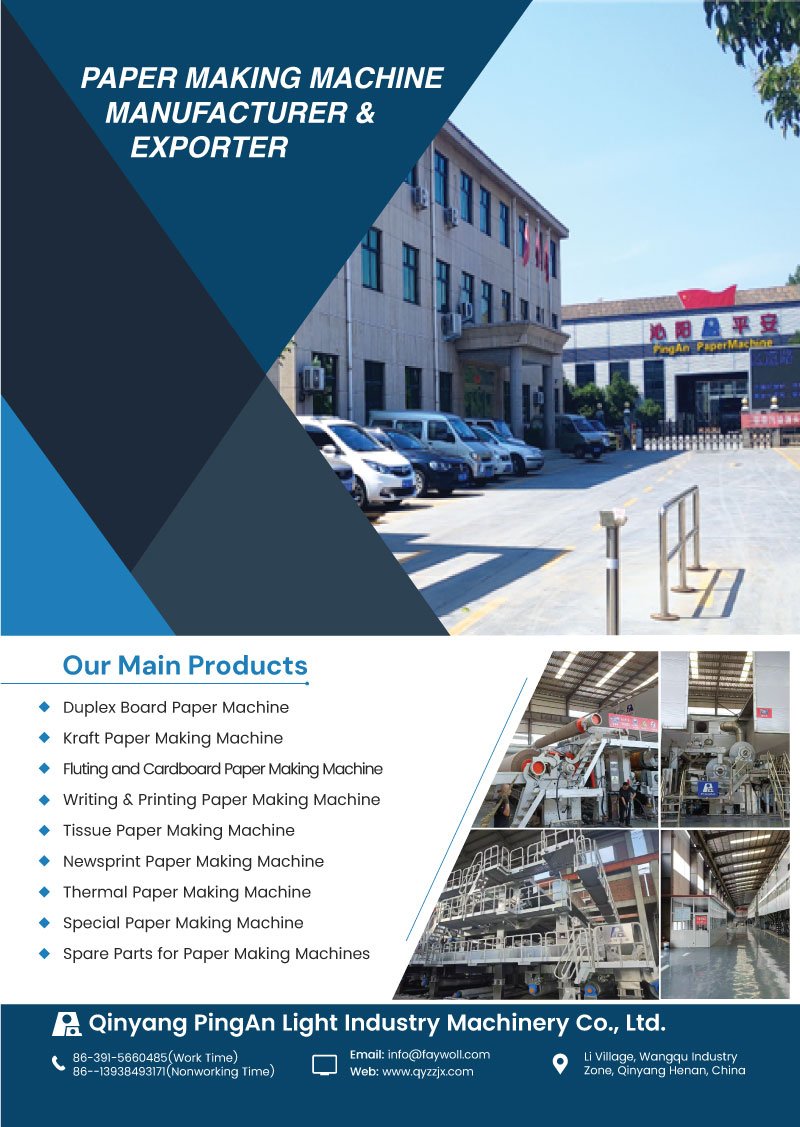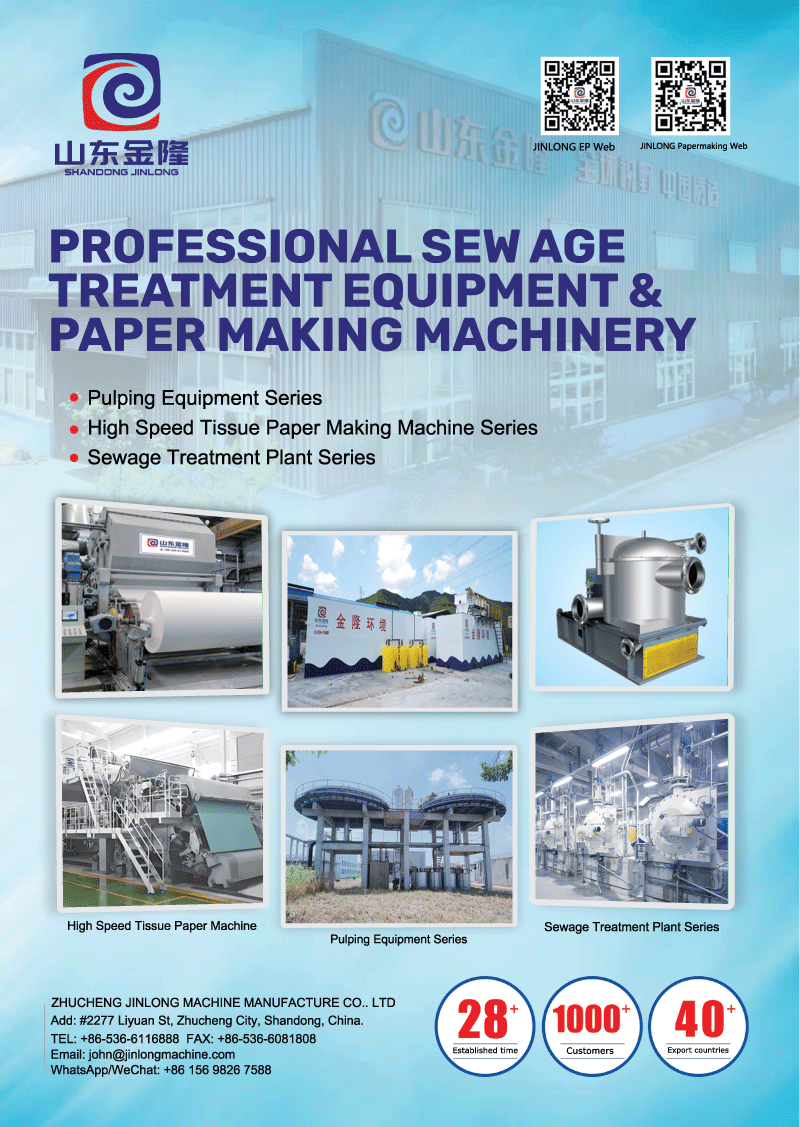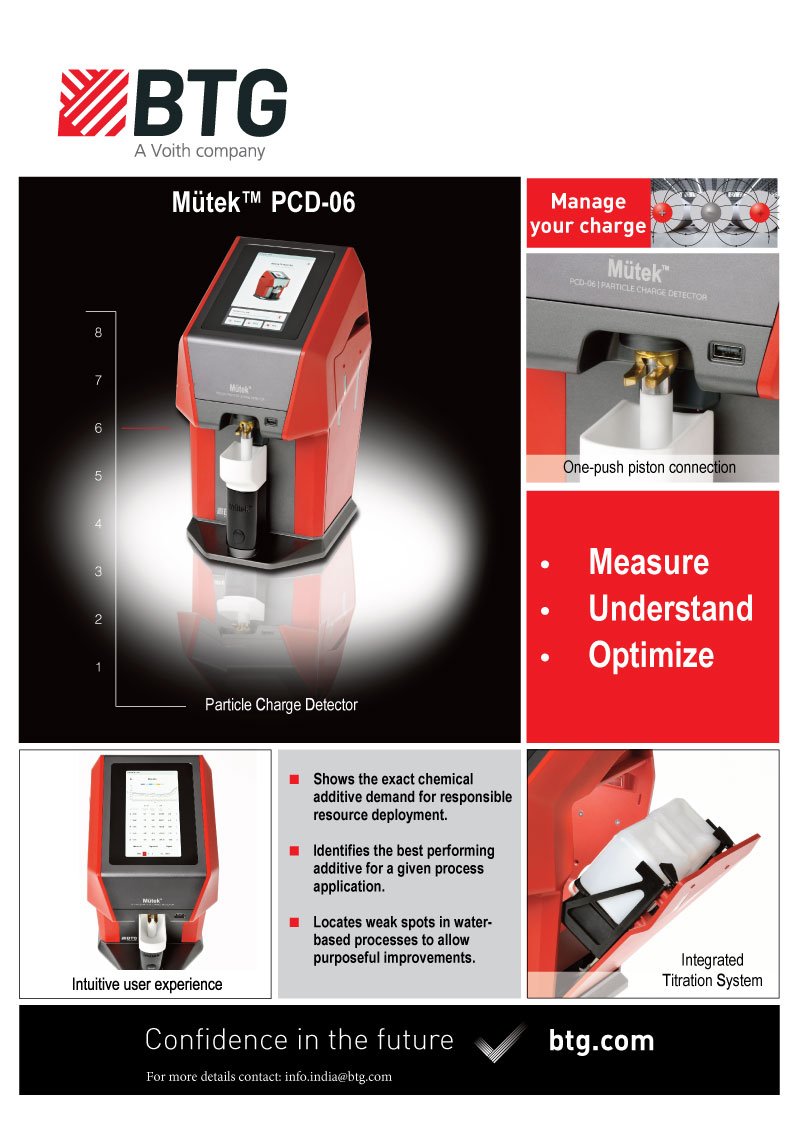Paper drying and paper properties


Today paper and paper products play a significant role in area of human activity. In everyday life it is used in recording, storage and dissemination of information, all writing& printing purposes, wrapping& packing materials. The papermaking process was first originated in China around 100 BC by Tsar Lun, a government official. After that the first mechanized paper making art was carried out by Fourdrinier brothers in U.K. The art of paper manufacturing process is constantly under development but the basic principles and raw materials remain basically same from beginning of the second century AD. Today Cellulose is the raw materials. Modern papermaking process uses both virgin and recycled fibers depending on the final products.
Drying Process:
The purpose of drying is to remove the water from the paper web. The drying process is typically carried out by Contact drying (Multi cylinder& Yankee cylinder), Convective drying (nozzle & through air drying), Radiation drying (IR electric & gas drying). The most commonly drying arrangement in paper industry is multi cylinder drying (5). Initially the fibers are pulped to form paper web and then pressed and dried. The main sections of a paper machine are forming section, press section and dryer section. The dryer section consists of a series of several heated dryer cylinders with top and bottom as groups. Drying system is the last process before calendar on a paper machine. At the entrance to forming section, about 0.5 % solid content of pulp fiber diluted suspension is processed. This diluted pulp fibers suspension formed paper web through drainage by gravitational force and
suction system below the forming fabric. In the press section, dewater to a certain extent is performed by applying mechanical pressure through the nips of a series of rotating press rolls. The wet paper sheet enters in the dryer section for removing the water. The remaining water in the sheet is evaporated and inter-fiber bonding is developed, when the paper contacts a series of steam heated cylinders in the dryer section. Then the loose fibers become more compact and continuous web in its structure. The final moisture level of the sheet lies between 5-7% after sheet drying by steam energy. The majority of the paper properties are developed in the dryer section (2).In a paper machine dryers are limited and speed cannot be increased beyond what the dryer section can dry.
Fundamental of paper drying principle:
The paper sheet is pressed against the heated cylinder by the dryer fabric. The basic mechanism of drying of paper is heat transfer and mass transfer. Heating of the water in a paper sheet is performed by contacting the sheet with the hot surface of a steam heated dryer cylinder. This contact firstly will result in heat energy transfer from the dryer to the sheet and then advanced to mass transfer of the water into the surrounding air through evaporation. Heat transfer takes place from a hot dryer to a cooler sheet resulting warm up of the water in the sheet. The evaporation of water during drying condition requires heat to the transmitted to the water in the web to raise the temperature of the water to the evaporating temperature. When water molecules of paper web absorb enough heat energy to leave the sheet, they enter into the surrounding air. The rate of evaporation from the sheet is due to the difference in vapor pressure of the water vapor in the sheet and the vapor pressure in the surrounding air. Thus if the air around the sheet is dry enough to hold the moisture evaporating from the sheet at an adequate velocity, the air will carry the moisture away. This makes the ability to supply hot/dry air to all areas around the sheet and eventually exhaust the moisture laden air from the machine. Hoods are uses to improve machine room conditions. Hood improves control of air flow temperatures, humidity around the web as it dries. As the air humidity in the pocket around the increases, the driving force for evaporation of moisture from the sheet reduces as well due to the reduction in the vapor pressure differential.
Pocket ventilation systems are employed on the machine to feed hot / dry air into the dryer pockets over the entire width of the machine. This air picks up evaporated water and carries the air and water vapor through the dryer screen body and also the sides of the machine where it is in turn picked up by the exhaust fans and removed from the machine(3). This increases the rate of drying (5).
As the moisture evaporates from the sheet and the sheet is cooled by the evaporation. The cooler sheet is then heated again by the next dryer cylinder and the process starts over. The closer the temperature gets to the dew point temperature of the surrounding air, the better the heat transfer from the following dryer cylinder will be. This is due to the increased temperature differential between the sheet and the dryer cylinder surface. The operation of paper drying section is influenced by several factors: (a) steam pressure and temperature,(b) temperature & humidity of air, (c) energy content of steam and (d) heat and mass transfer coefficient.
Drying effects on paper properties:
The properties of finish paper & paper product are influenced by the web conditions in the drying likes temperature, moisture content and state of stresses. During drying process, due to evaporation of free water and bound water from the web, the fiber shrinks and cause stress on the web. The strength properties in the web can be improved by controlling the stress in the dryer section. But the non-uniformity of shrinkage in the cross section can effect of quality and runnability. The fiber wall collapses due to contraction of the fiber in the forming & press section during drying. All water from the lumen of fiber is removed before to entering in dryer due to collapse. Both free water and bound water are diffused out and removing cause irreversible closure of the macro & micro pores in a fiber cell wall. On the paper machine the paper is strained in the machine direction and allowed to shrink in the cross direction. Therefore a shrinkage profile exist in the cross direction. This leads to variation in the properties of the paper in the cross direction. If the web dries under restraint, it will have a higher tensile strength, higher modulus of elasticity and better dimensional stability.
Wire marking on the paper is an important quality issue for fine paper grades and cigarette paper. Three different types marking such as imprint or mechanical marking, evaporation marking and marking are occurs due to uneven support and this visual defect is visible with trans-illumination. The evaporation marking is usually resulting of uneven drying due to permeability differences in the fabric or seam area and web contact.
The paper drying process can influence on curl and cockle properties of the paper due to use of high temperature into steam heated dryers cylinder (1,2).It is well known that curl can result from the difference in the fiber orientation through the thickness of a paper web, stressing and non-uniformity of dried paper. A sheet with a non-uniform structure with thickness and non-uniformity drying can cause of curl. When paper dried faster on one side against the other side, there is a tendency for the paper to curl or toward the side dried least exists. (4). Cockle defect on paper occurs due to shrinkage & deformation of fibers during drying (2, 5).
It is important that paper to be dried to specific moisture content. The moisture profile of a paper web depends on the uniformity of water vaporization during the drying. If the basis weight profile, fiber orientation in the web and material distribution profile in forming and pressing section are uneven, this causes non-uniformity in water vaporization (2). If the paper is too wet, it will causes less production and quality problems. If it is too dry, it causes curl, become fire hazard, break or rip and cost more to produce. Variations and profiles in surface temperature of dryer cylinders, variations in heat transfer caused by dirt accumulation at heat transferor uneven contacts, profiles in pocket ventilation, felt permeability profiles can cause moisture profile in a web during drying. Improper operation of the dryer section can itself influence the shrinkage profile. Dryer fabric for heat transfer is important and heat transfer is improved or to maintain the sheet contact within the dryer cylinder itself.
Steam and Condensate:
Modern machine have several points in the steam & condensate system. The main steam & condensate consumption points are dryer section and pocket ventilation. Differential pressure between the steam supply and condensate syphon (stationary or rotary) within the dryer must be maintained properly to remove condensate steam as it forms. Otherwise, the dryer will fill up with hot water. The condensate build up within the dryer acts as insulation, inhibiting direct heat transfer from the steam to the dryer shell. The thinner condensate layer, the more efficient the heat transfers (3). There is a minimum required condensate layer for heat transfer to take place and the thickness of this minimum layer is determined by syphon design. Condensate behavior with the dryer rotation speed changes in four stages such as no-rotation, pudding, cascading and rimming. All syphons require a certain amount of differential pressure and blow-through steam to properly evacuate condensate and non-condensate gases. The condensate rate is in balance with the blow-through steam flow.
Conclusion:
In a paper machine, the drying section is a high consumer of thermal energy. The lack of knowledge on drying process deteriorates the paper quality and increase energy cost. There are several causes for the lack of knowledge and interest in papermaking operations of technical and machine operators. Firstly, among them there is the wrong understanding that drying has little effect on product quality and secondly the complexity of the drying process that related to heat transfer, mass transfer, evaporation and water removal processes where steam pressure, cylinder surface temperature, dryer pocket conditions, ventilations, hood balance and condensate removal play an important roles in accounting drying capacity and product quality. The importance of drying factors is quite open ignored. This results in excessive energy consumption and /or reduces drying efficiency with loss in productivity. Thus papermakers must pay more attention on energy cost, steam usage and condensate system.
References:
1) Alsaid, D. Alkhasawneh,H and Cameron,J. Effect of high temperature drying of recycled paper on heat transfer rates and sheet properties. Western Michigan University. Google Scholar
2) Ghosh, K. Ajit,“Fundamental of paper drying-Theory and application from industrial Perspective.Evaporation, condensation and heat transfer”Dr. AmimulAhsan(ed.)(2011) p-535-582.
3) (Google Scholar) Drying, Chapter-4, p139-141, Paper machine clothing, second edition.
4) H. Kiiskinen, J. Paltakari andP.Palarinem.“Dry paper quality”.P-333-368, Paper making part-2. Drying FapetOy, Helsinki,Finland (2000)
5) Pratik,A.Bhimashankar S. Shinde,Vijay N. Piyush P. Shinde,Bharat D. Pattil. “Pocket ventilation System in dryer section of paper machine”: A review. International Journal of Technology Enhancement and engineeringresearch, Vol-3, issue 03.(2015)P11-14).
Articles By:
Dr. Kshudiram Bhowmick (Rtd
Ex- Head of Technical Department.KPML.
Cell: 01819156083
Email: itsbhowmick@gmail.com
Paper drying and paper properties


